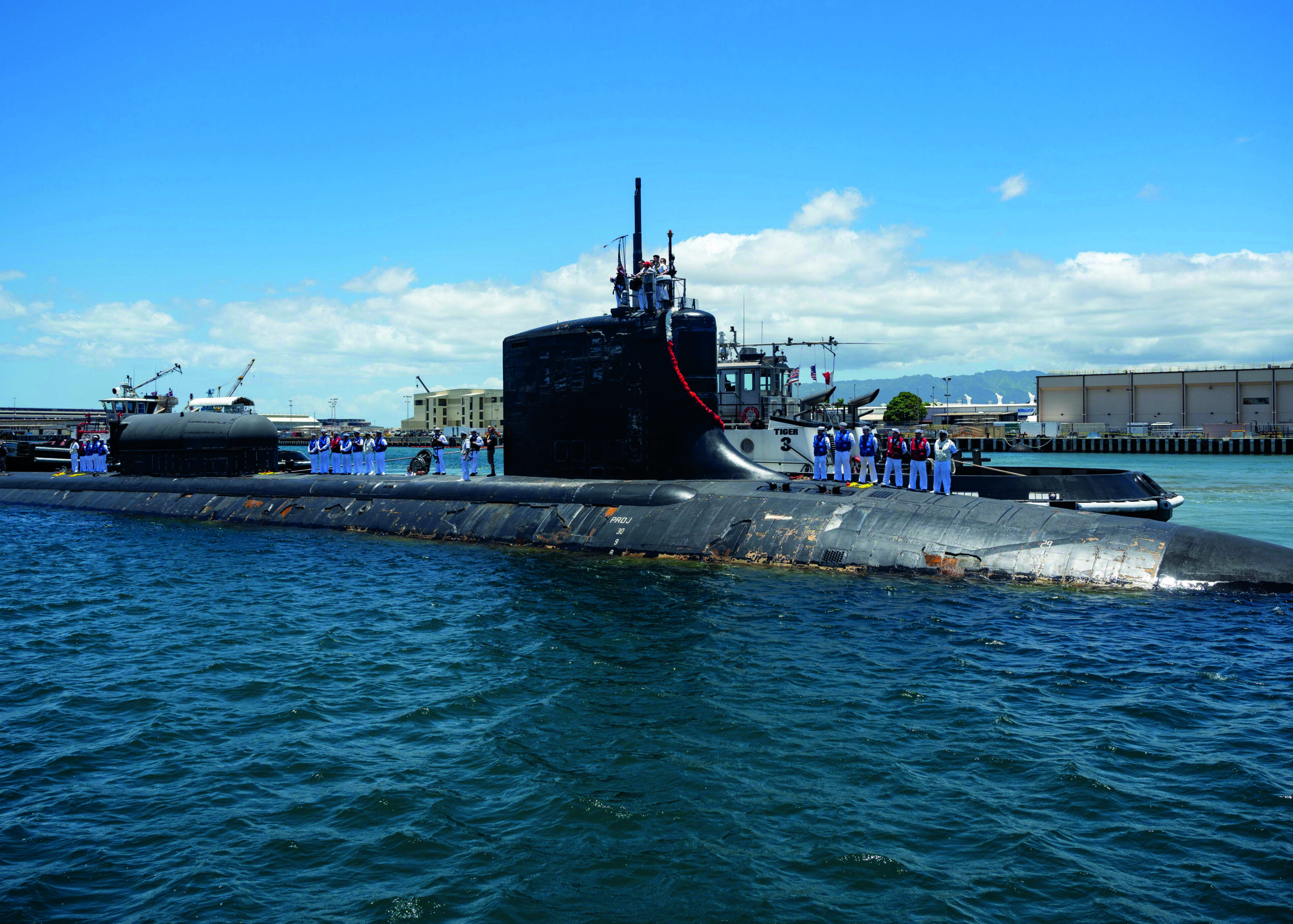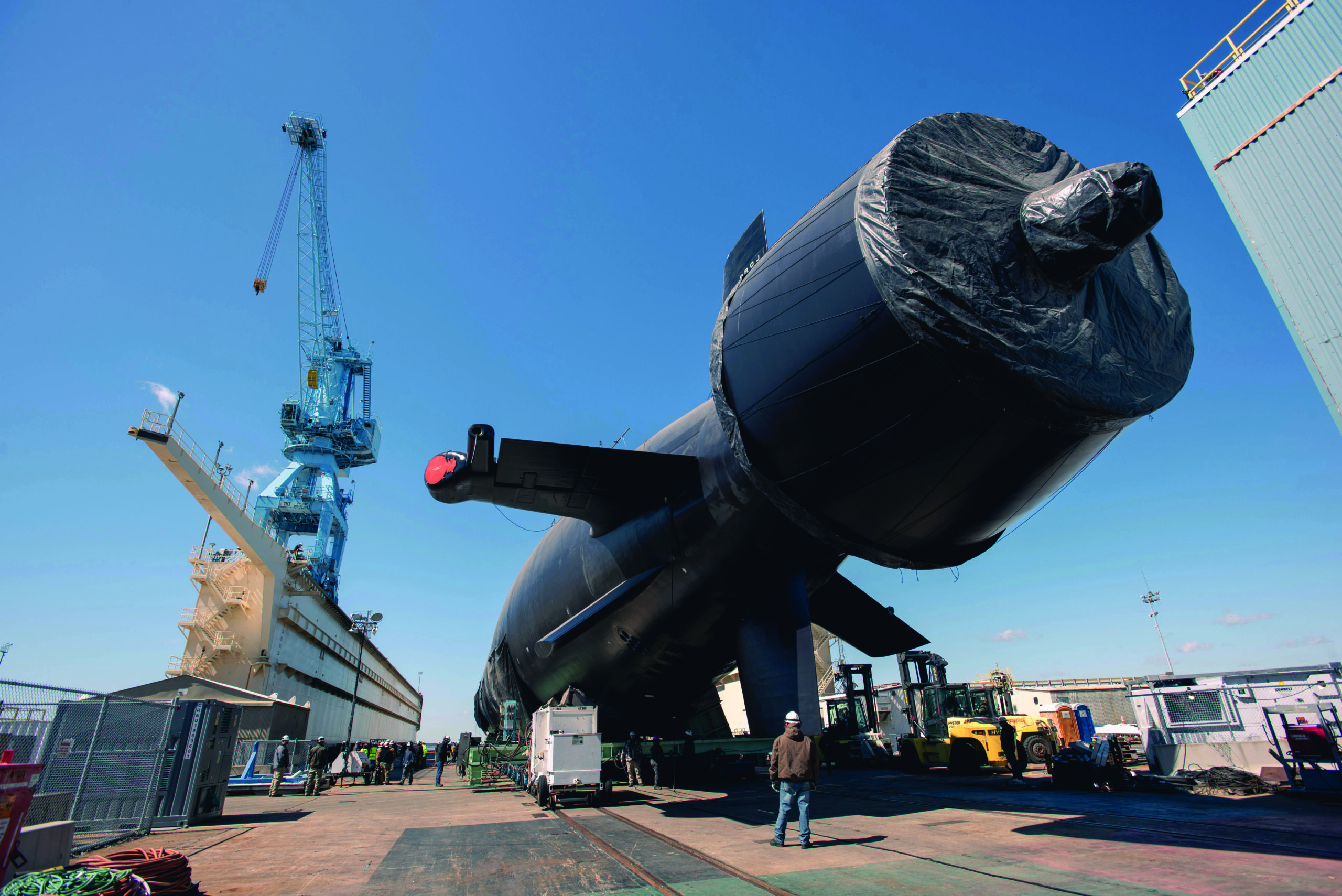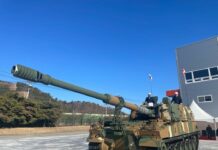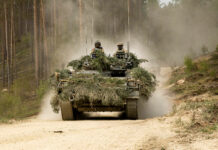Australia’s acquisition of a replacement for its Collins class conventional submarine fleet is proving remarkably complicated. The 2009 Australian Defence White Paper agreed to by the then Labour Party Government announced the six Collins would be replaced by 12 new submarines, possibly of an evolved Collins design. In 2013, a conservative Liberal National Party (LNP) government was elected, and the new Prime Minister Tony Abbott now became focussed on buying Japanese designed submarines. Instead in 2016, his replacement, Malcolm Turnbull, awarded a large contract for eight very-large, French designed conventional submarines to be built in Australia. In 2021, Turnbull’s replacement, Scott Morrison terminated the contract. Now the solution was to be acquiring nuclear attack submarines (SSNs) under a remarkable tri-nation agreement titled the Australia United Kingdom United States (AUKUS) partnership.

In 2022, a new Labour Government led by Prime Minister Anthony Albanese was elected vowing to continue this SSN decision. It was now formally a bi-partisan initiative although the LNP, now in opposition, does criticise and grumble. On 13 March 2023, the leaders of the US, UK and Australia announced the detail of this latest Australian submarine plan.
A Grand Plan
The plan encompasses two levels and involves much more than equipment purchases. At the strategic level, the primary intent is to deter Chinese adventurism, particularly in the current decade and especially against Taiwan. The secondary aim is to increase the three nations’ presence in the Indo-Pacific. At the acquisition level, the purpose is to buy eight SSNs and transition Australia’s submarine crews and maintenance teams into, what is for them, the wholly new technology of nuclear propulsion. In so doing, Australia believes it will gain a submarine capability advantage over potential adversaries through the stealth, speed and range characteristics that SSNs bring.
The plan’s initial phase started this year with the embedding of Australian military and civilian personnel with the UK’s Royal Navy (RN), the US Navy (USN) and within the British and American submarine industrial bases. As part of this, the US Congress in the FY2023 National Defense Authorization Act consented to Royal Australian Navy (RAN) submarine officers training at the Naval Nuclear Power Training Command and eventually serving on operational USN SSNs to gain experience and expertise. Less visible but no less important, Australia also aims to send hundreds of dockyard workers to US and UK shipyards, as well as scientists and engineers to US and UK technical facilities, for specialised skills training and to gain the know-how required to build and sustain nuclear-powered submarines.
This first phase will also involve the USN (in 2023) and the RN (in 2026) making longer and more frequent SSN port visits to Australia. This will strengthen Australia’s existing experience in hosting such visits and support planned later expansion.

In the second phase, beginning as early as 2027 but dependent on Australia having established the necessary infrastructure and expertise, USN and RN SSNs will be rotated through HMAS Stirling, the Royal Australian Navy’s base in Western Australia. This new Submarine Rotational Force-West (SRF-West) will gradually grow to comprise a rotational presence of one British Astute class SSN and up to four USN Virginia class SSNs. Australian sailors will deploy on the British and American SSNs rotating through SRF-West to develop at-sea experience with naval nuclear propulsion, while Australian maintenance personnel will support the SSNs ashore.
Each submarine will be deployed on Indo-Pacific operations followed by periods of around three months at HMAS Stirling for maintenance activities. These maintenance activities will help build Australia’s ‘sovereign ready’ capabilities. In this, SRF-West will accord with Australia’s longstanding bipartisan policy of having no foreign bases on its soil. Australia will retain ownership and access to all facilities, and all activities will be transparent and mutually determined.
In the third phase – and subject to US Congressional approval (probably this year) – the US intends to sell Australia three second-hand Virginia class submarines, with the potential to sell up to two more if needed. Once Australia has met the necessary conditions to safely operate them, the three former USN Virginia class submarines will be delivered in 2033, 2036 and 2039 respectively. This will ensure there is no capability gap after the retirement of Australia’s existing Collins class submarine fleet in the 2030s.

The USN Virginia’s have a large crew, 132 compared the Collins class’s 42. It is possible that in the 2030s, the RAN Virginia’s crewing may include some USN sailors on secondment. Irrespective, the Australian Government has been emphatic that the Australian Virginia class SSNs will be a sovereign Australian capability, commanded by RAN officers under the Australian Defence Force’s (ADF’s) chain of command. Decisions on the deployment, missions and operations of these Virginia class SSNs will be matters for the Australian Government.
Importantly, the Virginia boats’ nuclear reactors will be in sealed compartments inaccessible by Australia so as to comply with nuclear non-proliferation requirements related to highly enriched uranium. While Australia will be responsible for the radioactive waste its Virginias’ generate, the country will not reprocess spent nuclear fuel as part of the AUKUS project and will ensure it remains compliant with the International Atomic Energy Agency directions, guidelines and protocols.
In the final phase, which is effectively already underway, Australia and the UK will collaborate on the design and later the building of the newly named SSN-AUKUS class. The UK has for several years been working on a successor to the Astute SSNs and this forms the basis of the SSN-AUKUS design. Vice Admiral Jonathan Mead, the head of Australia’s AUKUS task force, has stated that: “SSN-AUKUS is actually quite mature in the design; it’s about 70% mature.”
SSN-AUKUS will incorporate US technology in specific areas including the propulsion plant systems and components, some weapon types and in the common vertical launch system used by Tomahawk and other cruise missiles. The AUKUS partners will also develop a joint combat system for SSN-AUKUS that builds on the existing US-Australian combat system used by US SSNs and the RAN’s Collins class. The SSN-AUKUS nuclear reactors will all be provided by Rolls-Royce Submarines Ltd. The company expects to start manufacturing work for the SSN-AUKUS class in the later 2020s, delivering the first reactor components into the programme in the mid-2030s.

The first SSN-AUKUS will be made for the RN and be built at Barrow-in-Furness, with initial delivery and testing planned for the late 2030s. The plan then envisages production across the UK and Australia ramping up, potentially to a rate where a SSN-AUKUS boat is delivered at a rate of more than one every two years from the early 2040s through to the late 2050s. Australia’s boats are all planned to be assembled in South Australia, with each incorporating the sealed nuclear propulsion systems delivered from the UK. The RAN will receive its first SSN-AUKUS in 2042, with five delivered by the middle of the 2050s, and all eight in service in the 2060s. The main areas of work that now need to come together to meet the envisaged timelines include: refinement of the SSN-AUKUS design to be ready to build; development of an integrated build strategy, creating an enhanced trilateral shipbuilding capability and supply chain; and concluding agreements on a joint delivery model.
Industry Matters
The enhancement of each nation’s defence industrial base is a key element of AUKUS. All three nations will make significant investments to expand their industrial capacity. Australia will invest significantly to improve its domestic industrial base, including expanding the Australian industrial workforce and vendor base, and building state-of-the-art manufacturing facilities. To realise a nuclear-powered submarine capability in the 2030s based on the USN Virginia Class, and the first Australian-built SSN-AUKUS in the early 2040s, Australia will also make proportionate financial investments in the US and UK industrial bases.
Complementing this, Australia’s AUKUS partners will also make significant investments. The UK intends to build on the recent investments in its submarine industrial capability, such as the GBP 2 Bn commitment to BAE Systems, Barrow-in-Furness and Rolls Royce, Derby, announced in 2022 as part of the Dreadnought class strategic submarine programme. For the US, AUKUS will mean higher demand for the specific American systems that will feature in SSN-AUKUS, as well as possibly sustaining the Virginia class SSNs longer to meet Australia’s new needs. The US has been making additional investments to improve submarine production rates, including a decision last year to invest an additional US$2.4bn in its submarine industrial base.

In the nearer term, the UK and US will identify specific opportunities for Australian industry to participate in SSN supply chains. Such involvement will allow Australia to build manufacturing experience and achieve early certification of its facilities and workforce. This will help ease pressure on the supply chains of the UK and the US, leverage the existing strengths of Australian suppliers and boost their capacity ahead of the commencement of Australia’s build programme. AUKUS partners will focus on key components where Australia has demonstrated industrial capability including pressure hull steel, valves, pumps, batteries, switchboards, lighting and additive manufacture.
Infrastructure development will begin shortly. HMAS Stirling and other supporting facilities in Western Australia will be expanded to support the scale of infrastructure required for the visiting and rotational SSNs. Some AUD 1 Bn has been allocated for this over the next four years. Meanwhile, Australia will begin initial works this year at the future SSN-AUKUS Submarine Construction Yard in Osborne in Adelaide, South Australia with about AUD 2 Bn allocated. An important aspect of Australia’s industrial base development is that this will build maintenance and repair capabilities that US and UK submarines could also use, increasing the three nation’s capacity to enhance their forces in peacetime and meet operational needs in times of crisis.

Not All Smooth Sailing
The Collins class’s replacement project has already been drawn out but is now being stretched further into being a multi-generational project, seen as a whole-of-nation endeavour by the Australian Prime Minister. Having already dragged on for 14 years with little tangible progress, the latest plan now foresees another 40 years before completion. Costs are estimated as being between AUD 270 Bn and AUD 370 Bn but such long-term assessments are inherently dubious. There are already misgivings about the plan, with several areas of identified concern.
There are worries over the SSNs project’s impact on the RAN and the wider ADF. The project will, over time, change the navy’s overall balance away from surface warships, possibly cutting into destroyer and frigate numbers. Moreover, having adequate SSN crewing in the 2030s seems an insuperable problem, albeit one for the future. The initial impact on the wider ADF is likely to be in cuts to forthcoming army armoured vehicle programs to free up funding. Of note, the SSN project will cost AUD 9 Bn over the next four fiscal years; the ADF is being asked to find AUD 3 Bn in savings to help meet this cost.
The project is considered high risk by almost everybody. The Australian Defence Department is perceived, fairly or not, as managing major acquisition projects poorly and often exceeding cost and schedules. The submarine project’s history supports this with cost estimates continually rising and delivery times extending.
There are higher level worries. In terms of sovereignty, the SSN partnership is seen as locking Australia into supporting future US policies and actions. The principal issue is Taiwan, to whose defence Australia is now seen as effectively committed. In March, a senior US Administration official declared that the SSN plan would make Australia a major contributor to Indo-Pacific security and strategically bind the US and Australia “together in ways almost unimaginable for the foreseeable future.”
In terms of technology, some argue that in the 2040s large crewed platforms like SSNs will be of declining usefulness as autonomous air, land and sea vehicles enter service in significant numbers. Indeed, the USN, RN and RAN are running extensive experimentation programs that may lead to capable autonomous vessels entering service well before Australia’s first Virginia class boat.
More broadly, there are a range of nuclear safety concerns that need solving. Australia has committed to disposing of the nuclear waste the SSNs generate but the practicalities of this are unknown. The Australian Radiation Protection and Nuclear Safety Agency advised late last year that the emergency management arrangements in Australia “…are not fit for purpose for a future with nuclear powered submarines” and will need significant improvement. SSN basing on Australia’s east coast is also undetermined, with Port Kembla regarded as the most likely location. The decision is in its final stages and will seemingly be made without consultation with the local community; it will inevitably draw some criticism.
AUKUS is a high-risk, high-payoff plan. It may eventuate. However, in the 1980s Canada had a plan for SSN acquisition that ultimately proved stillborn. Time will tell if Australia’s ambitious SSN plan succeeds. Even so, this decade’s increased SSN visits and force rotations are almost certain. Only China becoming noticeably less belligerent will stop these early phases. AUKUS has set sail.
Peter Layton











